Oikocredit Canada announced the wind down of its operations in Canada (November 29 | 2023). This marks the end of over 40 years of successful operations in Canada, effective Dec 31,2023. Click to read more.
Read more
The high price tag behind the SDGs and why investors need to get behind them
The high price tag behind the SDGs and why investors need to get behind them
Up to £4.8 trillion will be needed every year to achieve the sustainable development goals on infrastructure, clean energy, water, sanitation and agriculture. Governments alone won’t be able to handle this.
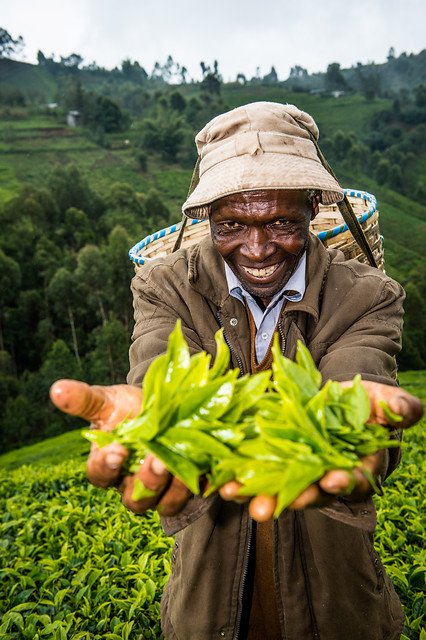
The SDGs are 17 goals for global development approved by the UN Sustainable Development Summit last September. They are a blueprint for massively changing the world by 2030 – 14 short years from now.
Among the goals are an end to poverty and hunger; action on climate change and its impacts; gender equality, and access to clean water and sustainable energy.
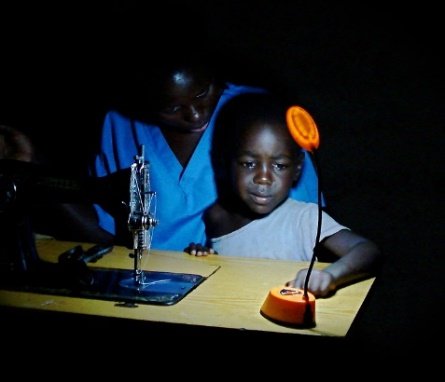
No one quite knows what the price tag for all this will be. Certainly governments in developed countries will need to increase foreign aid, but governments alone cannot do the job. The business and investment communities are where the real money is, and they are being called into action.
The UN Environment Program recently published The Financial System We Need, an analysis of how to mobilise the capital necessary to achieve the goals. Using estimates from the UN Conference on Trade and Development, the report states that $5 - $7 trillion (£3.4 - £4.8 trillion) will be needed every year to achieve the SDGs on infrastructure, clean energy, water, sanitation and agriculture. In the developing world alone, the financing gap is estimated at $2.5 trillion (£1.7 trillion) a year.
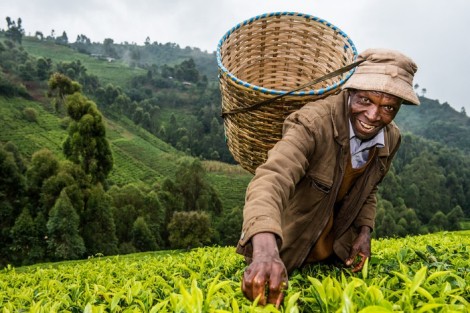
Are investors poised to meet this challenge?
Right now, it doesn’t look like it. The current estimate of total global investment raised since 2007 for a green transition is $7.1 trillion (£4.9 trillion) – only a fraction of what is needed. And a recent study (pdf) of institutional investors by ShareAction showed that while 66% of respondents agreed that action on the goals is consistent with fiduciary duty, only 21% said they would definitely report on the issue. Even fewer, 16%, said they would definitely seek the views of clients and beneficiaries.
So there is a long way to go.
A start would be for major institutional investors to commit to the goals and communicate this commitment to stakeholders.
Once they pledge to the SDGs, investors with social impact or infrastructure portfolios could focus on investments targeted to the goals. Financial inclusion is an obvious place to start. Providing basic banking services to the poor is one of the first steps necessary to meet goal No. 1 – the elimination of poverty.
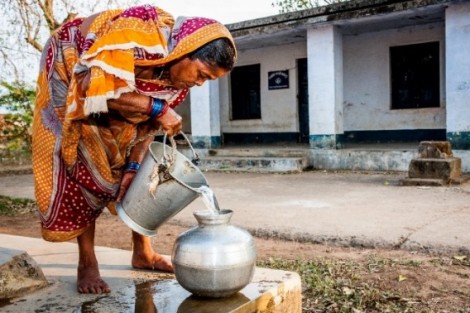
Oikocredit, one of the oldest social impact investors in the world, has been a leader in this area of financial inclusion for decades, and is one of the largest private investors of microfinance. (The name comes from the Greek for community and the dual meanings of credit: loan and belief). By providing loans and investments to inclusive finance institutions around the world, Oikocredit helps to bring much needed finance and other support to poor, unbanked communities.
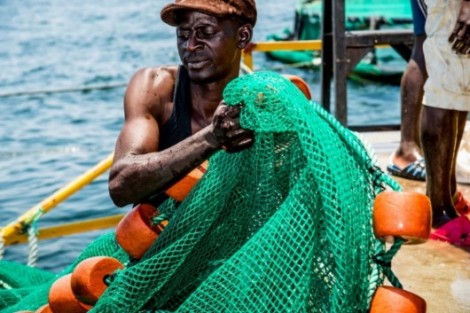
Oikocredit also sees sustainable agriculture as one of the most effective tools for reducing rural poverty and ensuring food security. With an agricultural portfolio of €113.3 million (£89.2 million) invested in co-ops, small agricultural enterprises and farm trade businesses (including Fairtrade and organic), activities are in line with the SDGs on eliminating poverty and hunger, and preserving ecosystems.
But investor action shouldn’t be limited only to those with impact or infrastructure portfolios. Investors with public companies in their portfolios could urge those companies on their plans to meet the goals. For example, this could include setting targets on fair trade supply chains and responsible development of commodities. This would be similar to the recent forceful stewardship campaign to press companies to implement transition plans in line with the Paris Agreement on Climate Change.
The investment world knows that addressing environmental, social and governance issues reduces portfolio risk, and can create future returns. But now there is an opportunity to do even more. By focusing on the SDGs, investors ( ordinary people, high net worth individuals, and organisations) could easily contribute solutions to some of the most vexing problems facing humanity.
It’s time for the investment community to step up.

